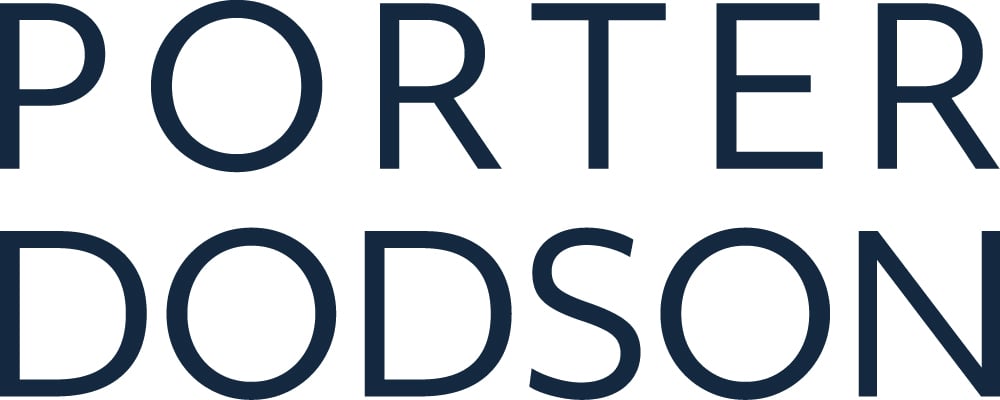Sexual harassment in the workplace: an employer's quick guide
Not a day goes by at the moment without sexual harassment claims being splashed across the media. You might think that this is a problem reserved for high profile celebrities but actually the issue is far more prevalent across all businesses. According to one survey, 53% of women and 20% of men acknowledged being the victim of sexual harassment in the workplace. That’s a staggering figure.
So what is harassment generally?
Harassment is unwanted conduct related to a relevant protected characteristic, which has the purpose or effect of violating an individual's dignity or creating an intimidating, hostile, degrading, humiliating or offensive environment for that individual.
Of significance is that the perpetrator may not necessarily be intending to cause the victim to feel the way they do; it’s enough that it has that effect.
What are the three possible types of sexual harassment claims?
- Sex-related harassment involves unwanted conduct of a sexual nature that relates to gender. An example would include antagonistic comments towards a female employee about childcare arrangements where they have to leave work early.
- Unwanted conduct of a sexual nature. Examples would include sexual innuendo or inappropriate touching, hugging or kissing or sending offensive emails.
- Where sexual advances are either rejected or accepted but as a result, a person is treated less favourably by the harasser. Examples of such treatment would include preventing promotion or unwarranted criticisms made by the harasser.
It is worth noting that complaints in respect of the above categories can be raised by men or women, job applicants, employees, and apprentices. Moreover, such conduct can be verbal, non-verbal or physical.
What else can employees claim if they are being harassed?
Employees can bring a claim for constructive unfair dismissal if the situation is not properly handled. If linked to sexual harassment, the claim won’t be subject to any cap on compensation but the level of any award is going to be linked to financial losses as well as the seriousness of the impact on the victim.
What other types of harassment are there, other than sexual harassment?
The law doesn’t just protect employees from harassment on the grounds of sex, but any of the nine protected characteristics set out in the Equality Act 2010:
- Sex
- Age
- Race
- Marriage
- Pregnancy
- Sexual orientation
- Religious or philosophical belief
- Disability; and
- Gender reassignment.
Is an employer responsible for harassment in the workplace?
In short, yes they can be. Employers can be vicariously liable for their employees’ actions so it’s important that they take their obligations seriously. If they don’t, it can lead to:
- Expensive claims in the Employment Tribunal;
- Reputational damage;
- Wasted management time in resolving issues that shouldn’t arise.
Is sexual harassment gross misconduct?
More often than not, sexual harassment is capable of amounting to gross misconduct. As with any misconduct in the workplace, all factors and the individual circumstances need to be considered. There may be mitigating or aggravating factors and it is vital that employers are able to demonstrate adequate training has been given and that policies are in place setting out prohibited conduct.
How does an employer tackle sexual harassment in the workplace?
As an employer, you can tackle sexual harassment at work by encouraging employees or workers to speak up about their experiences, without fear of reproach (remember, disclosures of this nature are likely to be seen as whistleblowing). Only then can you understand if there is an issue and take steps to combat it.
Steps to achieve this:
- Offer training - HR and all levels of management should receive regular training on sexual harassment, both in terms of what constitutes sexual harassment and how to respond to complaints.
- Apply clear policies - employers should have a clear zero-tolerance approach to sexual harassment and implement suitably drafted policies that reflect this. Employees need to understand clearly that acts of discrimination and harassment in the workplace could be treated as gross misconduct. Managers need to be empowered so that they have the confidence to step in and address language or conduct which in their view crosses the line; beware classing it as ‘banter’.
- Enforce policies effectively - employers should pay particular attention to grievance procedures and how complaints of sexual harassment are dealt with when they arise. They should always be tackled in a neutral and sympathetic way and investigated in a timely manner with any appropriate action being taken against the perpetrators in accordance with any disciplinary policy.
If an employer can demonstrate that it took all reasonable steps to prevent such harassment from occurring, it will stand a far greater chance of successfully defending complaints of sexual harassment in an Employment Tribunal.
By adopting a top-down approach in regularly educating your staff about what behaviour is and is not acceptable in the workplace, you will ensure that a culture of inclusiveness is created. Simple steps can help to make a big difference in changing cultures.
If you require help with any issues relating to sexual harassment or review of or assistance in drafting suitable anti-harassment policies, contact our Employment Law Team.
Last updated 20 September 2021









